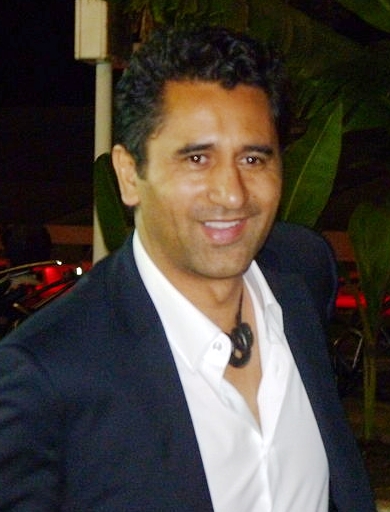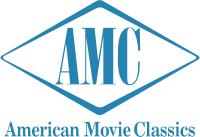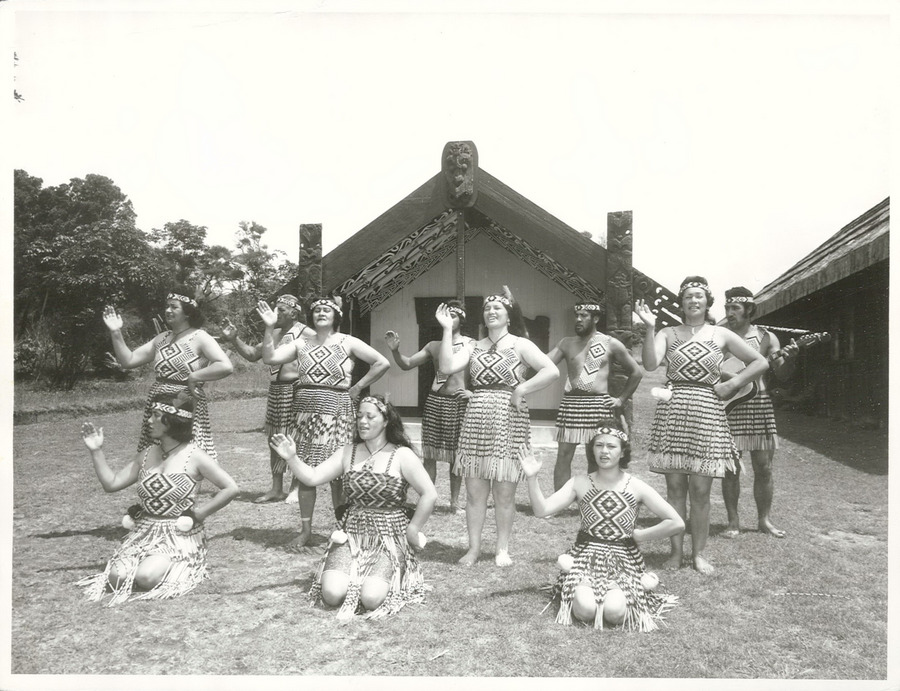|
Cliff Curtis
Clifford Vivian Devon Curtis (born 27 July 1968) is a New Zealand actor. His film credits include ''Once Were Warriors'' (1994), ''Three Kings'' (1999), ''Training Day'' (2001), ''Whale Rider'' (2002), ''Collateral Damage'' (2002), ''Sunshine'', ''Live Free or Die Hard'' (both 2007), '' The Dark Horse'' (2014), for which he won the Asia Pacific Screen Award for Best Performance by an Actor, and ''Doctor Sleep'' (2019). Curtis had television series roles on NBC's ''Trauma'' and ABC's ''Body of Proof'' and ''Missing''. From 2015 to 2017, he portrayed Travis Manawa on the AMC horror drama series '' Fear the Walking Dead''. He is the co-owner of the independent New Zealand production company Whenua Films. Early life Curtis was born on 27 July 1968 in Rotorua in the Bay of Plenty. He is one of eight children, the son of an amateur dancer. Curtis is of Māori descent; his tribal affiliations are Te Arawa and Ngāti Hauiti. As a boy he studied mau rākau, a traditional Māori form ... [...More Info...] [...Related Items...] OR: [Wikipedia] [Google] [Baidu] |
Rotorua
Rotorua () is a city in the Bay of Plenty region of New Zealand's North Island. The city lies on the southern shores of Lake Rotorua, from which it takes its name. It is the seat of the Rotorua Lakes District, a territorial authority encompassing Rotorua and several other nearby towns. Rotorua has an estimated resident population of , making it the country's 12th largest urban area, and the Bay of Plenty's second largest urban area behind Tauranga. Rotorua is a major destination for both domestic and international tourists; the tourism industry is by far the largest industry in the district. It is known for its geothermal activity, and features geysers – notably the Pōhutu Geyser at Whakarewarewa – and hot mud pools. This thermal activity is sourced to the Rotorua Caldera, in which the town lies. Rotorua is home to the Toi Ohomai Institute of Technology. History The name Rotorua comes from the Māori language, where the full name for the city and lake is . ''Roto'' m ... [...More Info...] [...Related Items...] OR: [Wikipedia] [Google] [Baidu] |
AMC (TV Channel)
AMC is an American multinational basic cable television channel that is the flagship property of AMC Networks. The channel's programming primarily consists of theatrically released films, along with a limited amount of original programming. The channel's name originally stood for "American Movie Classics", but since 2002 the full name has been de-emphasized as a result of a major shift in its programming. As of July 2015, AMC was received by approximately 94,832,000 households in the United States that subscribe to a pay television service (81.5% of U.S. households with at least one television set). In March 2015, Dish Network's Sling TV announced it would soon begin making AMC channels available to cord cutters, including AMC, BBC America, IFC, Sundance TV, and We TV. History 1984–2002: Focus on classic films American Movie Classics, as AMC was originally known, debuted on October 1, 1984, as a premium channel by Rainbow Programming Services (a subsidiary of Cablevis ... [...More Info...] [...Related Items...] OR: [Wikipedia] [Google] [Baidu] |
Edmund Rice College, Rotorua
John Paul College is a Catholic secondary school in Rotorua, New Zealand. The co-educational school caters for students in years 7 to 13. It was opened in 1987 and combined two existing schools, Edmund Rice College (for boys) and MacKillop College (for girls). The school was founded to serve the Catholic families of Rotorua. John Paul College was named for Pope John Paul II. Roll John Paul College has a diverse, multicultural roll. In 2010, its ethnic composition was: NZ European/Pākehā 66%; Māori 14%; Asian 11%; Pacific 4%; Korean 3%; Indian 2%; Filipino 2% and Other 9% The college supports a wide range of cultural and sporting activities and students have gained many successes at regional and national levels. Academically, the school offers for senior years the National Certificate of Educational Achievement assessment system (NCEA). As of 2011, it has a maximum school roll of 1,100 students, not counting international students. College John Paul College considers itself to be ... [...More Info...] [...Related Items...] OR: [Wikipedia] [Google] [Baidu] |
Breakdancing
Breakdancing, also called breaking or b-boying/b-girling, is an athletic style of street dance originating from the African American and Puerto Rican communities in the United States. While diverse in the amount of variation available in the dance, breakdancing mainly consists of four kinds of movement: toprock, downrock, power moves and freezes. Breakdancing is typically set to songs containing drum breaks, especially in hip-hop, funk, soul music and breakbeat music, although modern trends allow for much wider varieties of music along certain ranges of tempo and beat patterns. The modern dance elements of breakdancing originated among the poor youth of New York during the early 1970s, where it was introduced as breaking. It is closely attributed to the birth of hip-hop, as DJs developed rhythmic breaks for dancers. The dance form has since expanded globally, with an array of organizations and independent competitions supporting its growth. Breaking will now be featured ... [...More Info...] [...Related Items...] OR: [Wikipedia] [Google] [Baidu] |
Kapa Haka
Kapa haka is the term for Māori action songs and the groups who perform them. It literally means 'group' () and 'dance' (). Kapa haka is an important avenue for Māori people to express and showcase their heritage and cultural Polynesian identity through song and dance. Modern kapa haka traces back to pre-European times where it developed from traditional forms of Māori performing art; haka, (weaponry), (ball attached to rope or string) and (traditional Māori songs). There is a regular national kapa haka competition currently called Te Matatini that has been running since 1972. A kapa haka performance involves choral singing, dance and movements associated with the hand-to-hand combat practised by Māori in mainly precolonial times, presented in a synchronisation of action, timing, posture, footwork and sound. The genre evolved out of a combination of European and Māori musical principles. The current form relates to kapa haka concert groups that first appeared in the 1 ... [...More Info...] [...Related Items...] OR: [Wikipedia] [Google] [Baidu] |
Mokoia Island
__NOTOC__ Mokoia Island is located in Lake Rotorua in New Zealand. It has an area of 1.35 square kilometres. The uninhabited island is a rhyolite lava dome, rising to 180 metres above the lake surface. It was formed after the Rotorua caldera collapsed and rhyolitic magma was pushed through the cracks. One of the cracks was below where Mokoia island is today. The foreshores of the island have geothermal springs with hot spring water forming the Hinemoa pool, known to locals as Waikimihia. It also has very rich volcanic soil, which was why the local Māori grew kūmara on it. The stone statue of Matuatonga on the island protected the island's kūmara crop, and tohunga would bring seed kūmara to touch the statue. It was also a very good strategic location, which was why it was often fought over. Mokoia Island is privately owned by local Māori iwi, who run it in conjunction with the New Zealand Department of Conservation. It is a bird sanctuary and access is limited to tour part ... [...More Info...] [...Related Items...] OR: [Wikipedia] [Google] [Baidu] |
Mita Mohi
Mita Hikairo Mohi (22 May 1939 – 20 November 2016) was a New Zealand exponent and teacher of the art of traditional Māori weaponry and a former professional rugby league footballer who represented New Zealand at the 1972 World Cup. Early life Mohi was born in 1939 of Ngāi Te Rangi, Ngāti Ranginui, Ngāti Rangiwewehi and Ngāti Tūwharetoa descent. As a child he learned the use of the taiaha from his father. Mohi's early working life was spent as a train driver for New Zealand Railways. Rugby league career Mohi played for the Marist-Western club in the Canterbury Rugby League competition. He represented Canterbury, New Zealand Māori, the Southern Zone and the South Island. In 1962 Mohi was part of the Canterbury side that defeated Auckland 16–13 to win the Northern Union Cup. Mohi was selected for the New Zealand national rugby league team squad in the 1972 World Cup. His first, and only, test match was against France. Mohi injured his calf muscle while performing t ... [...More Info...] [...Related Items...] OR: [Wikipedia] [Google] [Baidu] |
Taiaha
A taiaha () is a traditional weapon of the Māori of New Zealand; a close-quarters staff weapon made from either wood or whalebone, and used for short, sharp strikes or stabbing thrusts with efficient footwork on the part of the wielder. Taiaha are usually between in length. It has three main parts; the ''arero'' (tongue), used for stabbing the opponent and parrying; the ''upoko'' (head), the base from which the tongue protrudes; and the ''ate'' (liver) or ''tinana'' (body), the long flat blade which is also used for striking and parrying. Use Mau rākau is the martial art that teaches the use of the taiaha and other Māori weapons in combat. As with other martial arts styles, students of the taiaha spend years mastering the skills of timing, balance and co-ordination necessary to wield the weapon effectively. The taiaha is widely known due to its use in the ''wero'' — the traditional Māori challenge during the pōwhiri, a formal welcoming ceremony. A ''wero'' is commo ... [...More Info...] [...Related Items...] OR: [Wikipedia] [Google] [Baidu] |
Mau Rākau
Mau rākau, meaning "to bear a weapon", is a martial art based on traditional Māori weapons. Weapons Mau rākau is a general term referring to the skilled use of weapons. It is said that the use of weapons was taught in the Whare-tū-taua (House or school of war). The term Mau taiaha is used to refer to the use of the taiaha and does not necessarily include other weapons. Regular schools are held on Mokoia Island in Lake Rotorua to teach the use of the taiaha. Mita Mohi established the Mokoia taiaha wānanga, which had trained more than 11,000 people over more than 30 years, , and had reached more than 20,000 people by the time of his death in 2016. One of those is actor Cliff Curtis, who attended a Mau Rakau taiaha programme on Mokoia Island at the age of 10. Curtis was like a son to Mohi, and helped him out whenever he could at programmes in prisons and the community. Other Māori weapons: *Mere (weapon) *Kotiate *Tewhatewha *Patu *Pouwhenua *Wahaika Mythology It is said we ... [...More Info...] [...Related Items...] OR: [Wikipedia] [Google] [Baidu] |
Ngāti Hauiti
Ngāti Hauiti is a Māori iwi of New Zealand. It is centred in the Rangitikei area of the lower North Island. Awa FM is the radio station of Ngāti Hauiti, Te Āti Haunui-a-Pāpārangi and Ngāti Hāua. It began as Te Reo Irirangi O Whanganui 100FM on 17 June 1991. Between July 1992 and June 1993 it also operated a separate station in Ohakune, known as Te Reo Irirangi Ki Ruapehu or Nga Iwi FM, combining local programmes with shows from 100FM. It is available on in Whanganui, in Ruapehu, and in Taumarunui. In the 2013 census in New Zealand, 1,026 people claimed affiliation with Ngāti Hauiti. See also *List of Māori iwi This is a list of iwi (New Zealand Māori tribes). List of iwi This list includes groups recognised as iwi (tribes) in certain contexts. Many are also hapū (sub-tribes) of larger iwi. Moriori are included on this list. Although they are distinc ... References External links * http://www.ngatihauiti.iwi.nz/ * http://www.mokaipateaclaims.maori.nz/ ... [...More Info...] [...Related Items...] OR: [Wikipedia] [Google] [Baidu] |
Te Arawa
Te Arawa is a confederation of Māori iwi and hapu (tribes and sub-tribes) of New Zealand who trace their ancestry to the Arawa migration canoe (''waka'')."Te Arawa" ''Te Ara – the Encyclopedia of New Zealand''. The tribes are based in the and areas and have a population of around 40,000. History The history of the Te Arawa people is inextricably linked to the Arawa canoe. The Te Arawa tribes have a close historical interest in the lakes around Rotorua. Many Te Arawa men fought for the Colonial Government in the |
Māori People
The Māori (, ) are the indigenous Polynesian people of mainland New Zealand (). Māori originated with settlers from East Polynesia, who arrived in New Zealand in several waves of canoe voyages between roughly 1320 and 1350. Over several centuries in isolation, these settlers developed their own distinctive culture, whose language, mythology, crafts, and performing arts evolved independently from those of other eastern Polynesian cultures. Some early Māori moved to the Chatham Islands, where their descendants became New Zealand's other indigenous Polynesian ethnic group, the Moriori. Initial contact between Māori and Europeans, starting in the 18th century, ranged from beneficial trade to lethal violence; Māori actively adopted many technologies from the newcomers. With the signing of the Treaty of Waitangi in 1840, the two cultures coexisted for a generation. Rising tensions over disputed land sales led to conflict in the 1860s, and massive land confiscations, to which ... [...More Info...] [...Related Items...] OR: [Wikipedia] [Google] [Baidu] |






